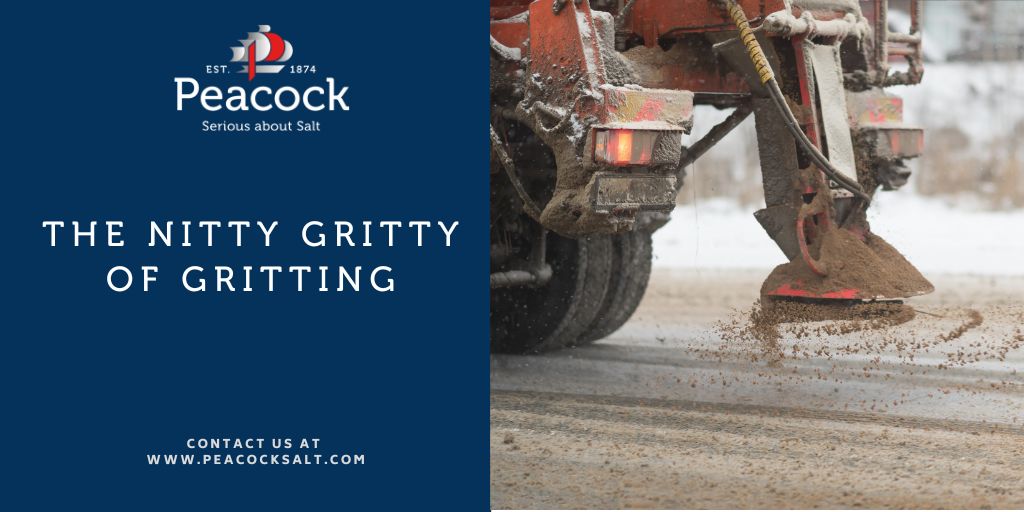
The Nitty Gritty of Gritting
Temperatures around the country are beginning to drop, marking the beginning of another cold and frosty winter ahead. While the majority of us take this as a sign to retreat into our warm and cosy homes, the true heroes of the season emerge: the Gritters.
First of all, let’s talk facts. In 2017, the United Kingdom had a staggering 3,854 gritting vehicles on patrol covering a total distance of 262,450 miles of road. 2,338 of these miles were motorway. Over two million tonnes of grit are spread every year, costing the UK roughly £150 million a year. This might sound atrocious - but gritting actually prevents a loss of around £2 billion in infrastructure repairs.
Despite the nomenclature “grit” being used, the gritting process actually involves spreading Rock Salt – or Halite - over roads as de-icer. More environmentally friendly than traditional grit (because it does not leave a sticky or sandy residue), Rock Salt lowers the freezing temperature of water which prevents ice or frost forming when the temperature of the road falls to zero degrees. This layer of salt is then distributed by the various cars, lorries and buses that drive over it, creating a saline solution whilst providing extra grip for vehicle tread.
Logistically, it would be impossible for the highway authorities to grit every single road in the UK. Instead, the routes with the most traffic and potential snow fall are prioritised, and collaborations are set up between councils, parishes, community groups and agricultural farmers to cover the largest area possible. Gritting authorities use national forecasts, local weather information and a network of sensors embedded in the roads (grey boxes by the roadside) to measure road surface and air temperature, rain and dew, and salt levels.
This is not to say that gritting is a predictable or easy game. Gritting strategies often work most effectively when the roads are slightly quieter, meaning that gritters have to work during unsociable hours. If the temperature drops too low, past -10 degrees Celsius, even well-salted roads will freeze over. And if a large amount of snow falls unexpectedly, gritting strategies must be quickly adapted to incorporate pre-salting, snow ploughing or larger amounts of grit per spread.
If you want to keep an eye on which gritters are in your area (or just fancy a giggle at their nicknames) Traffic Scotland have a handy interactive map available here.
